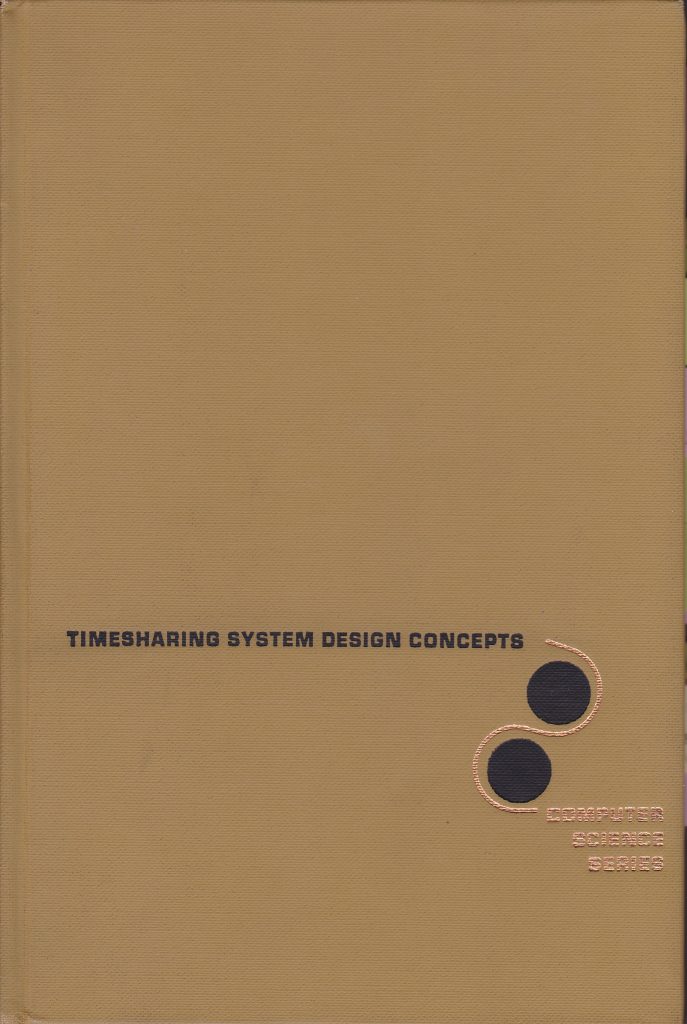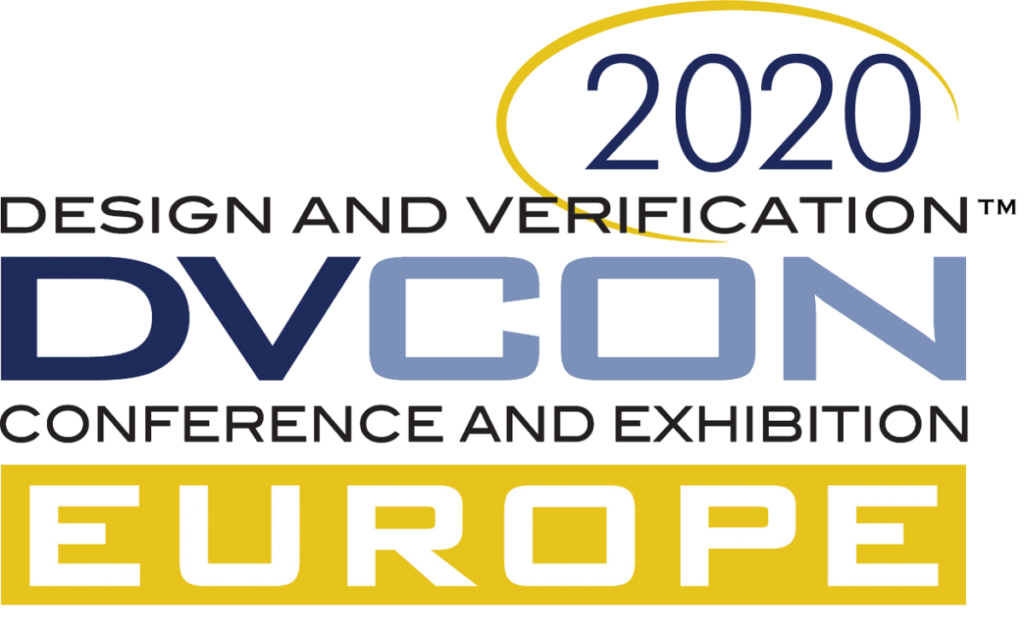I presented a tutorial about the “verification of virtual platforms models” at DVCon Europe last week. The tutorial was prepared by me and Ola Dahl at Ericsson, but Ola unfortunately could not attend and present his part – so I had to learn his slides and style and do my best to be an Ola stand-in (tall order, we really missed you there Ola!). The title maybe did not entirely describe the contents – it was more a discussion around how to think about correctness and in particular specifications vs implementations. The best part was the animated discussion that we got going in the room, including some new insights from the audience that really added to the presented content.
Updated: Included an important point on software correctness that I forgot in the first publication.
Continue reading “Notes from our DVCon Europe 2022 Tutorial”



 When I started out doing computer science “for real” way back, the emphasis and a lot of the fun was in the basics of algorithms, optimizing code, getting complex trees and sorts and hashes right an efficient. It was very much about computing defined as processor and memory (with maybe a bit of disk or printing or user interface accessed at a very high level, and providing the data for the interesting stuff). However, as time has gone on, I have come to feel that this is almost too clean, too easy to abstract… and gone back to where I started in my first home computer, programming close to the metal.
When I started out doing computer science “for real” way back, the emphasis and a lot of the fun was in the basics of algorithms, optimizing code, getting complex trees and sorts and hashes right an efficient. It was very much about computing defined as processor and memory (with maybe a bit of disk or printing or user interface accessed at a very high level, and providing the data for the interesting stuff). However, as time has gone on, I have come to feel that this is almost too clean, too easy to abstract… and gone back to where I started in my first home computer, programming close to the metal.